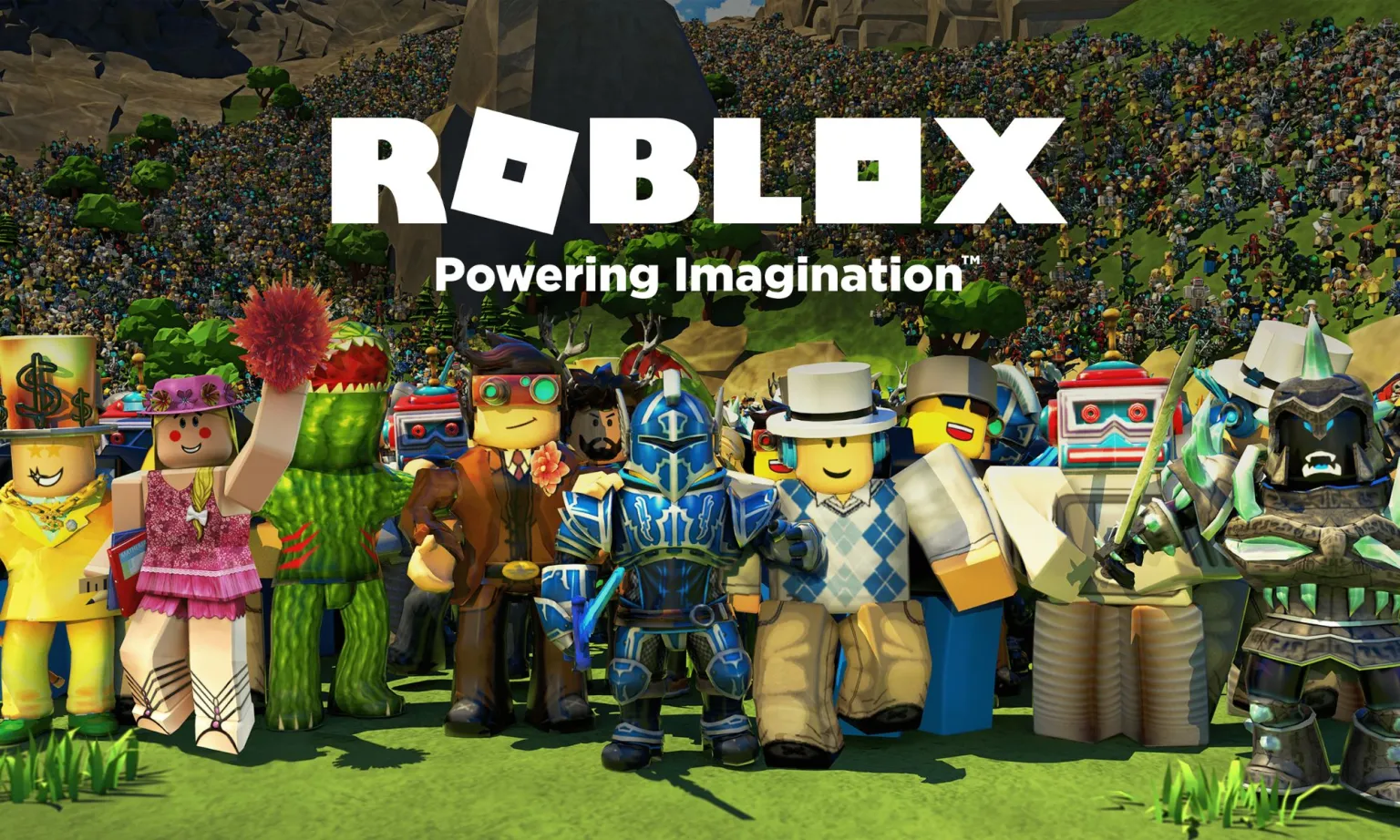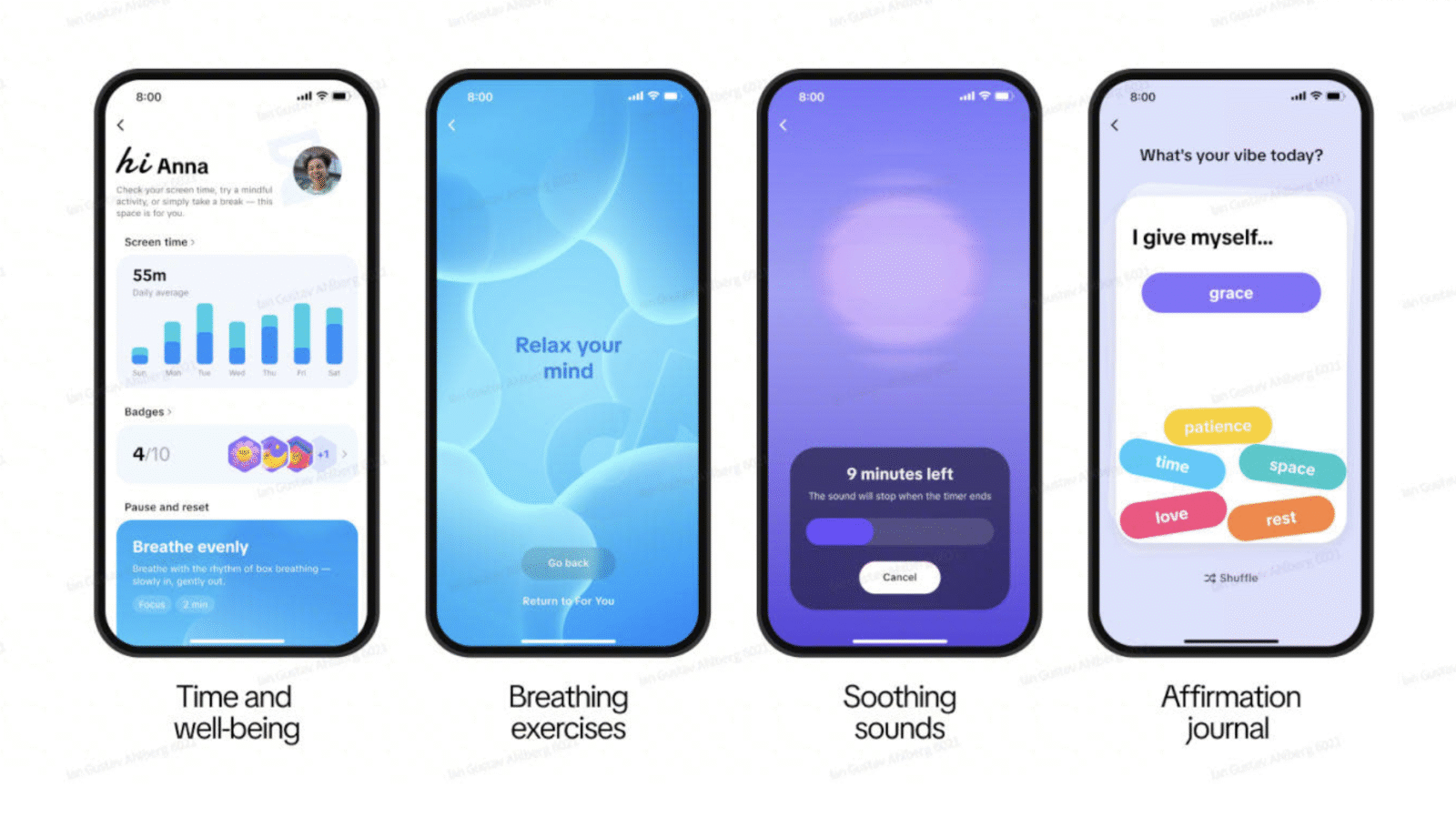Google’s rollout of Gemini 3 marks another step in the ongoing effort to make large-scale AI models more adaptable and less rigid in everyday use. Instead of centering on lofty promises, the update focuses on practical gains: the model can process text, images, and audio in the same conversation, allowing people to move fluidly between formats without switching tools. Pro users can access Gemini 3 immediately in the app, and the model is also being threaded into Google Search, which means many people will encounter it indirectly as part of routine queries.
Google characterizes Gemini 3 Pro as natively multimodal, but the more relevant takeaway is how this shift broadens what an AI system can do without complex setup. Turning a series of recipe photos into structured cooking instructions or generating study guides from recorded lectures are predictable use cases, but they illustrate a pattern we’ve seen across the industry: models are being optimized to accept messier, real-world inputs rather than idealized text prompts. Google also says the model reduces sycophantic responses and improves reasoning, which reflects a growing emphasis across AI development on getting systems to produce more grounded and testable answers.
One of the more technical additions is the Antigravity coding platform. Instead of positioning it as a dramatic breakthrough, it’s better understood as a workflow tool that uses Gemini 3 Pro to automate routine coding tasks while keeping track of each step. This mirrors trends in enterprise software, where developers increasingly expect automation that is transparent rather than hidden behind a black-box interface.
The broader importance of Gemini 3 comes from how people may interact with AI if multimodal input becomes standard. Being able to talk to a model, show it something, or play a short audio clip within one session moves these systems closer to general-purpose assistants. It could influence everyday tools such as search engines, document editors, and coding environments, even if users never consciously interact with the model itself. For businesses and individual creators, this means workflows could shift toward faster iteration, more consistent content generation, and fewer manual steps.
If the model performs reliably outside controlled demos, expectations will likely shift around virtual assistants and creative applications. Google is positioning Gemini 3 as a more context-aware system that can sustain longer conversations, handle multiple assets at once, and maintain stability where earlier versions struggled. That includes areas where Gemini 2.5 often faltered, such as juggling several images or keeping track of layered instructions. These improvements aren’t radical on their own, but collectively they push the model into territory where it can serve as a backend engine across Google’s ecosystem without calling attention to itself.
Early benchmark results show higher scores across long-form reasoning, multimodal understanding, and code generation. Benchmarks don’t always translate directly to practical value, but they suggest fewer instances where the model loses the thread of a conversation or misinterprets multi-step requests. For day-to-day use, that could mean more predictable outputs when working with mixed media files or handling research and coding tasks.
Gemini 3 is rolling out to both free and paid tiers. Anyone using the free version of the Gemini app or the AI Mode in Search can test its improved reasoning and multimodal input today. Pro and Ultra subscribers will see the fuller capabilities, including expanded context windows and more layered responses, with an upcoming Deep Think mode aimed at complex reasoning tasks. Whether these enhancements feel meaningful will depend largely on how often users push the model into heavier workloads, but the tiered approach gives a clearer sense of what the model can do at different levels.
As Google continues to integrate Gemini 3 across its services, the practical effect may be less about headline features and more about subtle shifts in how search results surface, how documents are drafted, or how coding tools respond. In a landscape increasingly defined by incremental but steady upgrades, Gemini 3 represents another step toward making multimodal AI feel like a default expectation rather than an experimental feature.






